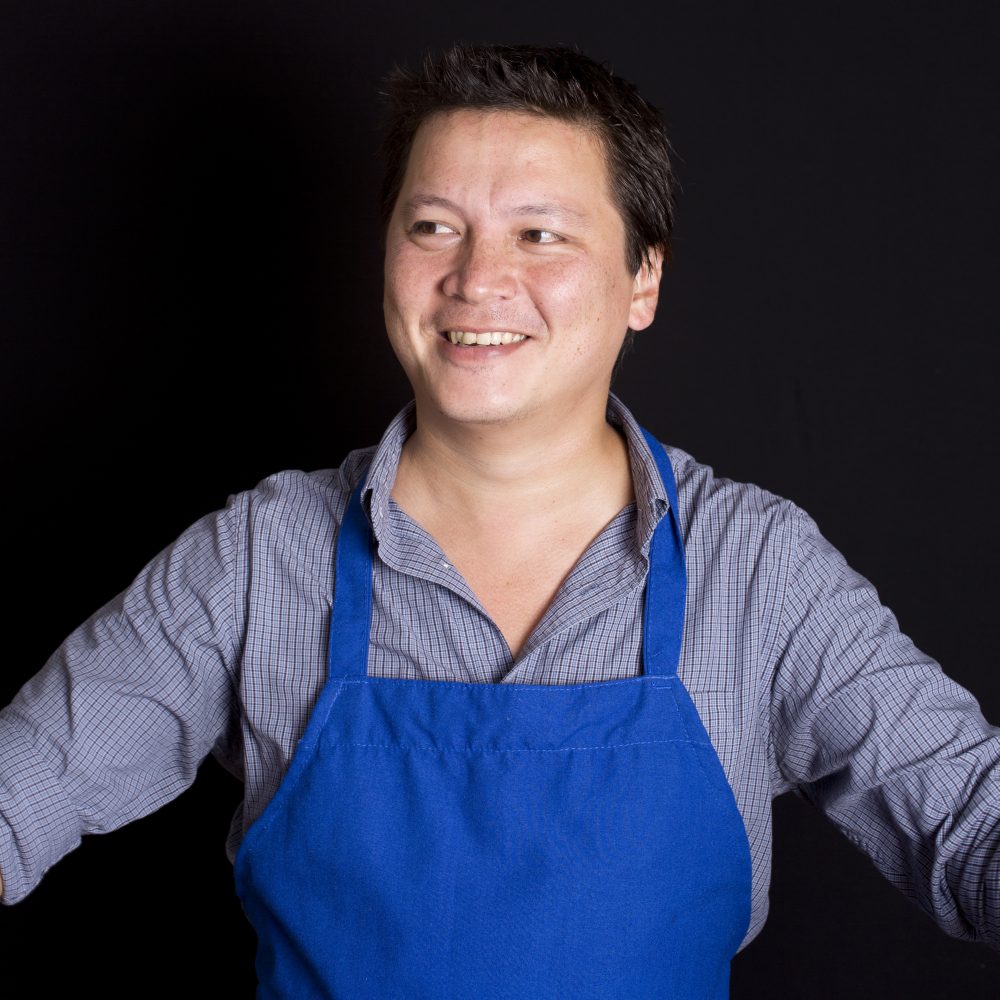Can coronavirus pass through contaminated food? Is it riskier to buy food at the grocery store or to grab takeout from a restaurant? Should you be worried about food packaging and containers? There is no shortage of questions surrounding food safety and coronavirus, and with the speed at which the virus has spread, it’s hard to keep up with the current advice.
Food writer and chef J. Kenji López-Alt wrote an excellent article investigating all of these questions and more. If you haven’t yet read “Food Safety and Coronavirus: A Comprehensive Guide” over on Serious Eats, it is a helpful resource that also may make you feel a little more at ease—something we could all undoubtedly use right now.
López-Alt wrote the piece not just because, as he says in the first line, he’s the father of a toddler, the son of senior parents and a chef and partner of San Mateo, California-based Wurstall Restaurant & Bierhaus. He also wanted to provide information in a clear and calm manner to empower people and soothe nerves.
“Panicking is never great, but especially when there’s a pandemic and you want people to have a strong immune system,” he said when we spoke on the phone last week. “If you get people panicked, you’re only making it worse.”
“The way a lot of newspaper articles are framed, they’re designed to freak you out,” he continued. “So my goal was really the opposite. To explain things, back them up with as much research as I could, and try to view it all in a rational way that puts people at ease.”
In his research, he found “people were disproportionately worried about some things.” Read the article and you’ll learn, for one, that there have been no cases linking COVID-19 to food.
“Before I started doing all this research, I think I, like a lot of people, assumed that food was a very dangerous thing and we had to be very careful with it—properly cook and store and chill and all those things. In fact, there have been zero cases linked to food,” he said.
Still, there are precautionary measures you can take when preparing food at home, purchasing it at the store and unpacking it from a delivery. You should also try to visit smaller, local grocery stores over big shops. The former will be less crowded and may be better stocked, saving unnecessary trips. (They will also appreciate your business, López-Alt points out.) Consider, too, the size of the restaurant kitchen from which you are ordering. If line cooks can’t stay far enough apart, their health could be at risk, and your support potentially doing more harm than good. Just this past Sunday, López-Alt closed down Wursthall’s recent pivot to takeout for this very reason.
It goes to show how quickly things continue to change. With new information arising each day, it’s important to stay nimble and up to date. Accordingly, López-Alt will be updating his guide regularly. Read the full story here and check back often




